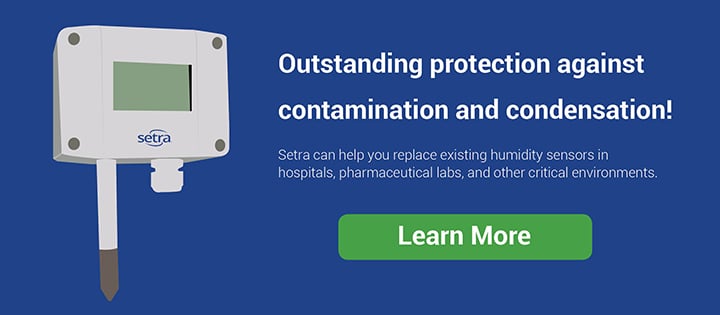Many HVAC, critical environments, and industrial applications employ temperature and relative humidity (T/RH) sensors. But exactly how many T/RH sensors does an application require? It is difficult to spec the exact requirements for certain applications for a variety of reasons. No two applications are identical, and thus no two spaces require the same number of T/RH sensors. As each application is unique, the number of sensors needed depends on several factors, including:
- Size of the space
- Layout of the space
- Intended use of the space
- Relevant rules and regulations
Even with the above guidelines, it might seem that the answer should simply be a number of T/RH sensors. However, the particular nature of each application results in different needs for features and quantities of T/RH sensors. For example:
- In general building automation spaces, T/RH sensors help building automation systems (BAS) understand when air becomes too dry or humid for comfort
- In a cleanroom, the most important features for a T/RH sensor are small deviation from accuracy and long-term stability
- In food manufacturing, monitoring humidity is necessary to keep %RH level at or below 40%
- In semiconductor and electronics manufacturing, control of both humidity and dewpoint are critical
- In pharmaceutical manufacturing, compounds will clump or otherwise not mix properly if the %RH in a space isn't correct
With each application having different requirements for T/RH sensors, answering the question of how many sensors belong in a space is not as straightforward as listing a number.


